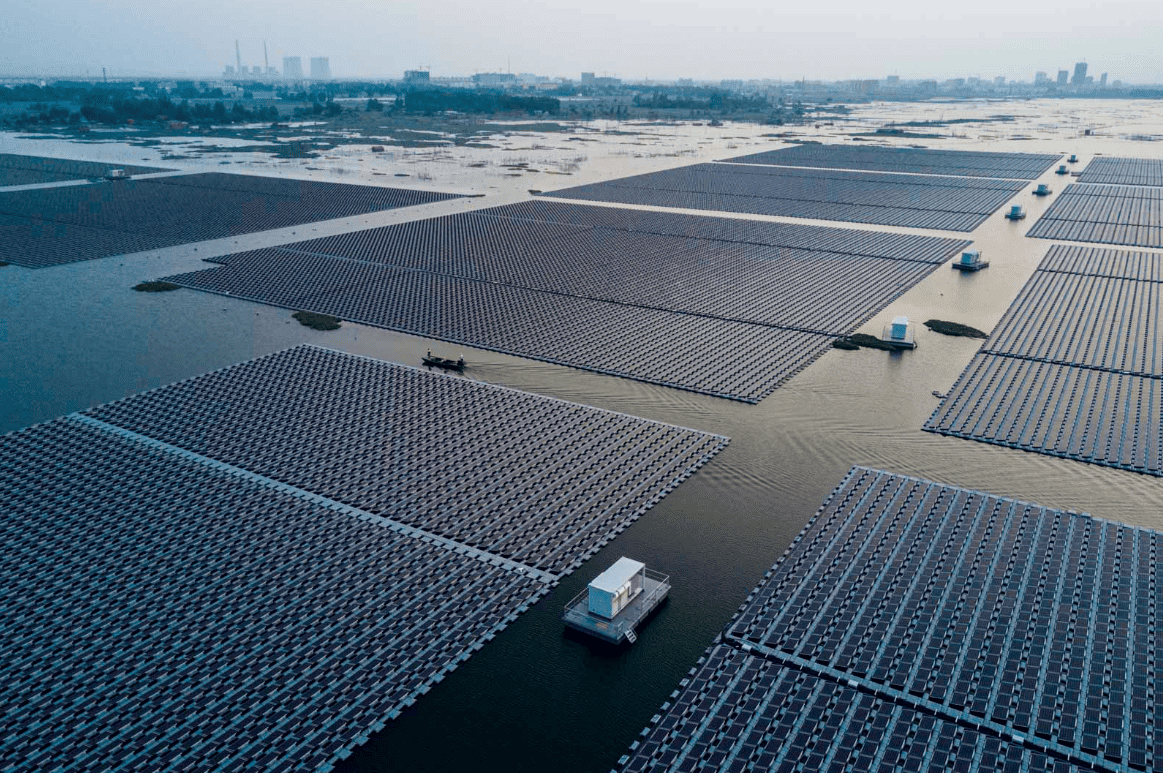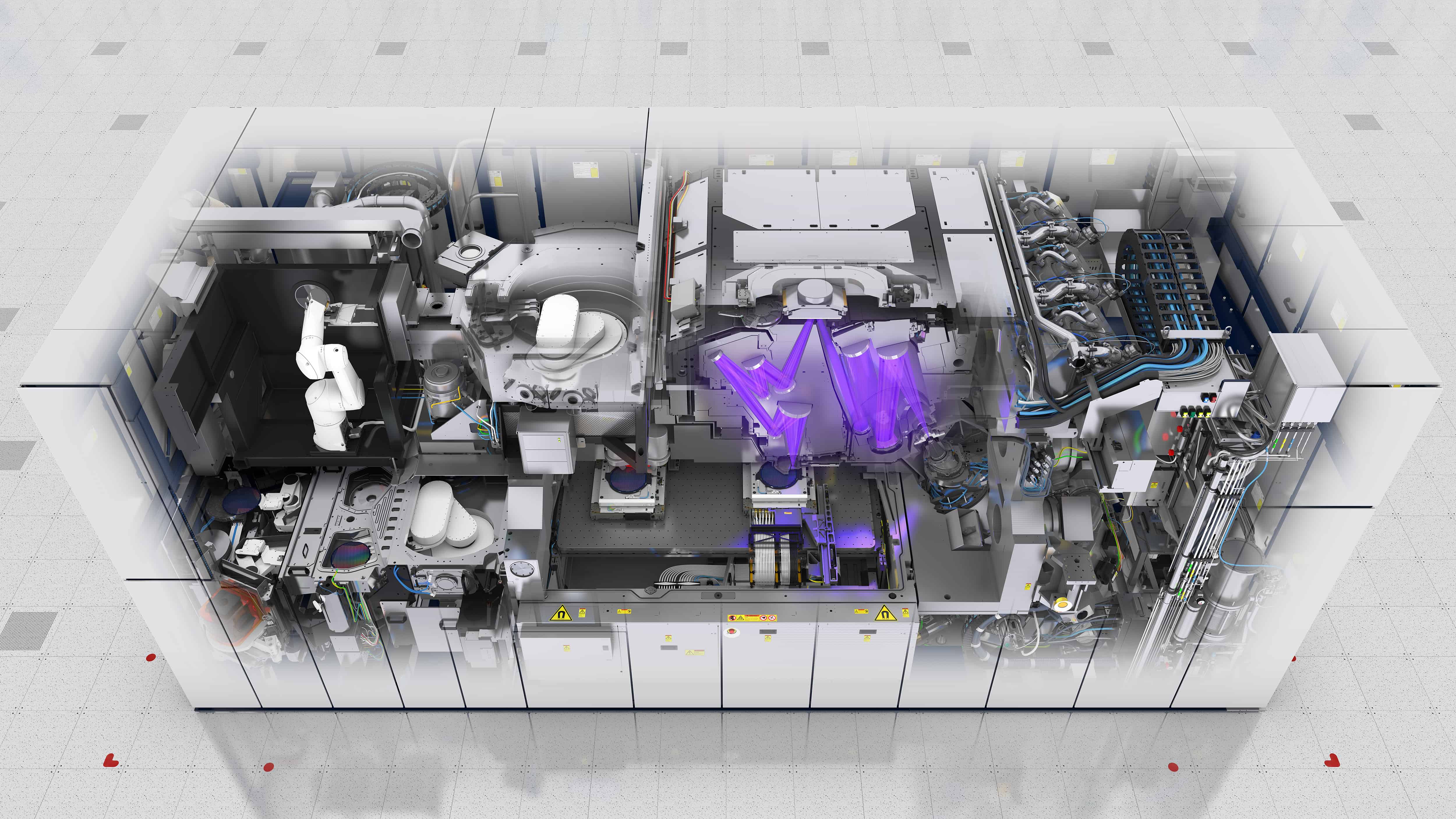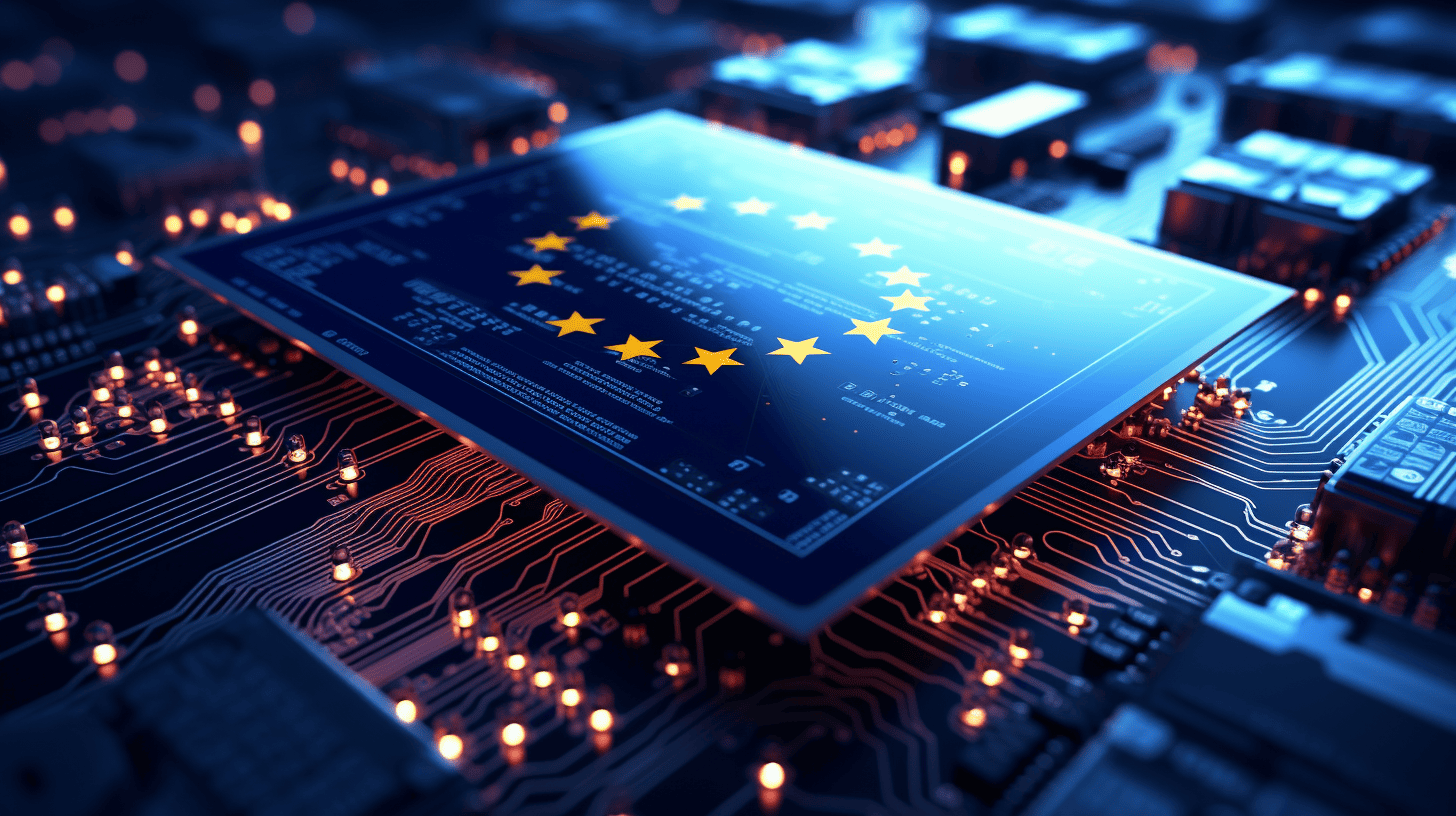
China’s financial sector is steering a wave of lending toward green tech manufacturing, leading to overcapacity and looming disruptions in global trade. With nearly $700 billion in new loans in the third quarter of 2023, China focuses on expanding electric vehicle and battery factories. At the same time, EU member states are significant consumers of Chinese EV exports, with 42 percent of Chinese EVs heading to Europe. Anti-subsidy investigations by the EU into Chinese products such as EVs and heat pumps show growing trade tensions.
- China loaned green tech companies $700 billion in Q3, leading to overcapacity in electric vehicle and battery production;
- EU buys 42% of Chinese EV exports, putting pressure on European production and resulting in anti-subsidy investigations;
- Increasing demand for aluminum in China points to global economic and environmental impact.
The shift of Chinese lending from the real estate sector to the manufacturing sector has led to unprecedented growth in factories producing electric vehicles (EVs), batteries, and other green products. This is even though domestic consumption in China is near an all-time low. This development runs parallel to efforts by the United States and the European Union to repatriate their production of clean energy equipment through programs such as the Biden Administration’s Inflation Reduction Act and the European Commission’s Green Deal.
Europe under pressure from Chinese exports
In just ten months in 2023, the EU purchased $12 billion worth of Chinese EV exports, representing 42 percent of China’s total EV exports. These purchases are putting pressure on emerging EV production in Europe. In response, the EU has launched an anti-subsidy investigation into Chinese electric vehicles. The investigation may expand to other products like wind turbines, heat pumps, and electrolyzers.
Increase in aluminum demand
Demand from China’s electric vehicle and renewable energy sectors has caused an increase in aluminum demand despite an ongoing crisis in the metal-intensive real estate market. Aluminum plays a vital role in China’s fast-growing new energy vehicle sector. Prices on the Shanghai Futures Exchange (SHFE) for aluminum have risen more than one percent this year, while prices on the London Metal Exchange (LME) have fallen more than eight percent.

Imbalanced capacity and environmental impact
China’s state-led development of electrolyzers has led to overinvestment, with production capacity four times greater than global demand. This overcapacity could lead to further fragmentation of the worldwide trading system if Western capitals are forced to restrict access to their markets.
The global green production and trade market dynamics are complex and influenced by both domestic policy choices in China and international trade relations. While China seeks to take a leading role in the green economy, growing exports and resulting overcapacity raise serious questions about the sustainability and balance of the global market. The EU’s response to Chinese exports, the rising demand for crucial materials such as aluminum, and the need to balance economic growth with environmental responsibility are at the heart of these challenges.








